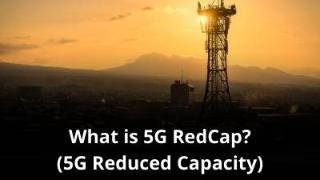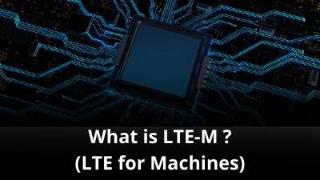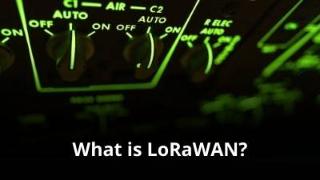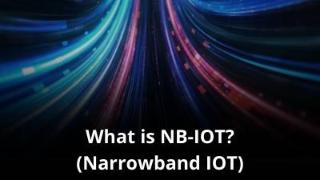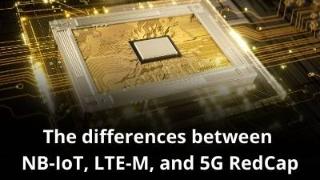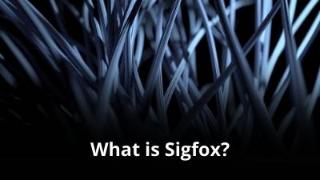Introduction about the Narrowband IoT (NB-IoT) Network
Narrowband IoT (NB-IoT) is a cellular low-power wide-area network (LPWAN) technology designed to provide connectivity for a massive number of low-power devices in a wide area. It is a cellular technology, meaning it operates on licensed spectrum allocated by government regulatory bodies. This characteristic inherently brings certain advantages and limitations to technology.
The Narrowband IoT (NB-IoT) Spectrum
NB-IoT operates on licensed spectrum, a finite resource allocated by government regulatory bodies to specific operators for exclusive use. This model ensures exclusive access, reducing interference and guaranteeing a certain level of quality of service. However, it also comes with higher costs due to spectrum acquisition and licensing fees.
The specific spectrum bands used for NB-IoT can vary depending on the region and operator. The choice of spectrum band significantly impacts network performance, coverage, and cost. Lower frequency bands, such as 700 MHz and 800 MHz, offer better building penetration and wider coverage but are often more expensive. Higher frequency bands, while offering higher data rates, typically have shorter ranges.

The Narrowband IoT (NB-IoT) Coverage

One of NB-IoT’s standout features is its extensive coverage. By leveraging existing cellular infrastructure, NB-IoT can reach remote areas and penetrate buildings effectively. This is particularly beneficial for IoT applications requiring wide-area connectivity, such as smart metering, asset tracking, and agriculture monitoring.
NB-IoT achieves this through power-efficient modulation techniques and advanced antenna designs, enabling the network to reach devices in underground or indoor environments where traditional cellular networks might struggle.
The Narrowband IoT (NB-IoT) Data Rates
NB-IoT is optimized for low data rate applications. It typically supports data rates in the range of a few hundred bits per second to tens of kilobits per second. This design choice prioritizes power efficiency and battery life, essential for IoT devices. While the low data rates may seem limiting compared to traditional cellular networks, they are sufficient for the majority of IoT devices that transmit small amounts of data infrequently.

The Narrowband IoT (NB-IoT) Power Consumption

Power efficiency is a cornerstone of NB-IoT. The technology employs advanced power-saving modes, such as deep sleep and discontinuous reception, to extend battery life for both network infrastructure and connected devices. This focus on low power consumption is crucial for IoT devices, enabling them to operate on battery power for several years without frequent replacements.
The Narrowband IoT (NB-IoT) Cost
While the initial investment in NB-IoT infrastructure can be significant due to spectrum acquisition and network deployment costs, the overall cost of ownership can be lower compared to other IoT technologies. The low power consumption of NB-IoT devices reduces the need for frequent battery replacements, resulting in long-term cost savings.
Additionally, the ability to connect a massive number of devices on a single network can lead to economies of scale, further reducing the cost per device. However, the cost of data plans for NB-IoT devices can vary depending on the operator and specific data usage requirements.

The Reliability and Availability

NB-IoT inherits the reliability of cellular networks, providing a robust and stable connection for IoT devices. The use of licensed spectrum and error correction techniques contributes to the overall reliability and availability of the network. This is crucial for critical IoT applications where consistent connectivity is essential.
The Narrowband IoT (NB-IoT) Security
Security is paramount in IoT deployments. NB-IoT incorporates various security features to protect data and devices from unauthorized access. These include encryption, authentication, and over-the-air updates. The cellular infrastructure provides a solid foundation for security, leveraging existing protocols and practices. However, additional security measures at the device and application levels are essential for comprehensive protection.

The Narrowband IoT (NB-IoT) Speed

NB-IoT is not designed for high-speed data transfer. Its focus on low data rates and wide coverage is a deliberate trade-off to achieve longer battery life and wider coverage. While the network can support certain levels of data throughput, it is not suitable for applications requiring real-time data transmission or high bandwidth.
What are the advantages and disadvantages?
Advantages:
- Wide coverage
- Low power consumption
- Strong security
- Large device capacity
- Mature technology
- Cost-effective for low data rate applications
Disadvantages:
- Lower data rates compared to other cellular technologies
- Higher initial deployment costs due to spectrum acquisition
- Potential for network congestion in high-density areas
- Dependence on cellular infrastructure
Type of Applications
NB-IoT is ideally suited for a wide range of IoT applications, including:
- Smart metering: Remotely reading utility meters for electricity, gas, and water consumption.
- Asset tracking: Monitoring the location and status of assets, such as containers, vehicles, and equipment.
- Agriculture: Monitoring soil moisture, temperature, and other environmental conditions.
- Logistics: Tracking shipments and optimizing supply chain operations.
- Smart cities: Deploying sensors for monitoring environmental conditions, traffic, and public utilities.
- Healthcare: Remote patient monitoring, asset tracking in hospitals.

Frequently Asked Questions
1. What is the difference between NB-IoT and LoRaWAN?
NB-IoT is a cellular technology operating on licensed spectrum, offering wider coverage and stronger security. LoRaWAN is an LPWAN technology operating on unlicensed spectrum, providing longer range but potentially lower reliability.
2. Is NB-IoT suitable for all IoT applications?
No, NB-IoT is best suited for low data rate, long battery life applications. For high-speed or real-time applications, other technologies might be more suitable.
3. How long does an NB-IoT battery typically last?
Battery life depends on various factors, including device hardware, data transmission frequency, and network conditions. However, NB-IoT devices can often operate on a single battery for several years.
4. What is the cost of deploying an NB-IoT network?
The cost of deploying an NB-IoT network depends on factors such as spectrum acquisition, infrastructure, and network size. It is generally higher than unlicensed LPWAN technologies but offers advantages in terms of coverage and reliability.
5. Is NB-IoT secure?
NB-IoT incorporates security features like encryption and authentication to protect data and devices. However, it’s essential to implement additional security measures at the device and application levels for comprehensive protection.
Summary
NB-IoT is a mature and reliable LPWAN technology well-suited for a wide range of IoT applications. Its combination of wide coverage, low power consumption, and strong security makes it a compelling choice for many use cases. While it may not be suitable for all IoT scenarios, it excels in applications demanding low data rates and long battery life. As the technology continues to evolve, we can expect to see even more innovative applications emerge.
